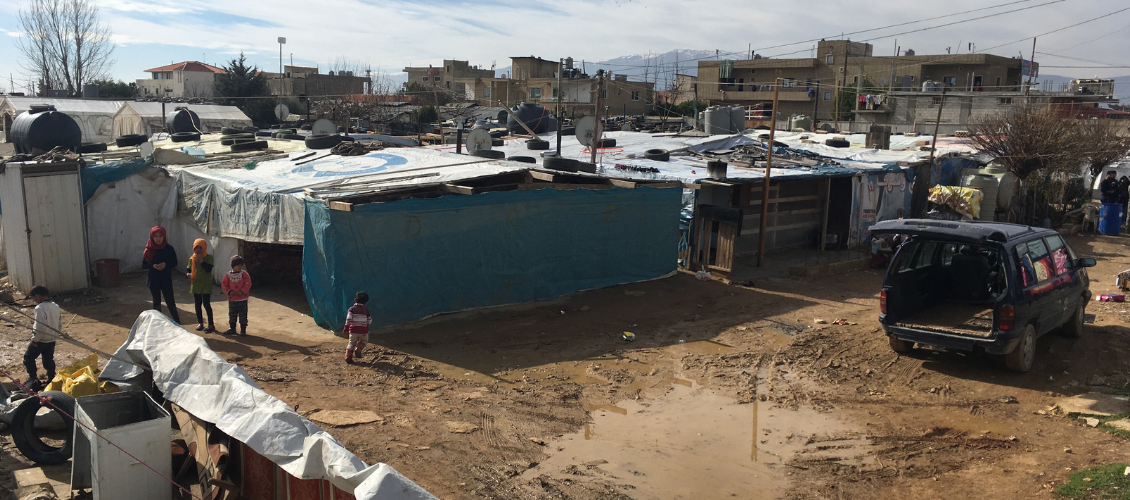Refugee Health Crisis
68.5 million people were forcibly displaced by wars and persecution by the end of 2017, constituting an unprecedented global refugee crisis and a trend that has continued for more than five years.
Uganda and Lebanon face some similar challenges with hosting refugees that span social, medical, political, and economic areas. Host countries are tasked with stretching their limited resources with the influx of more people. Humanitarian Aid organizations step in, but are often unprepared to deal with long term crisis situations.
The Refugee Crisis in Lebanon
Lebanon is a host country for two groups of refugees – Palestinians and Syrians. Palestinian refugees have been living in Lebanon since 1947. Syrian refugees began to enter the country in 2011. Current estimates say there are 1 million Syrian refugees living in Lebanon. Most of these people live in informal tent settlements. The tent settlements are concentrated in the Beqaa valley (where we work) and in the North of Lebanon. The Lebanese government has placed restrictions that effectively closed their borders to Syrian Refugees. They have no rights to work and often children cannot get an education.
Refugees in Uganda
Uganda is the largest refugee hosting country in Africa. People from South Sudan, The Democratic Republic of Congo (DRC), and Burundi seek refuge in Uganda. There are approximately 1.4 million refugees in Uganda. 61% of them are children, 52% are female. They primarily stay in the North or the Southwest of Uganda in large camps. According the UNHCR, unlike Lebanon, Uganda has a “distinctly favorable protection environment for refugees,” granting them some rights to education, free movement, and documentation.
